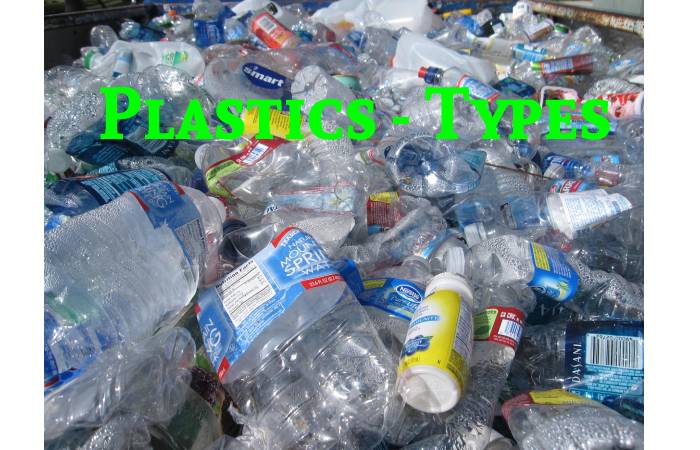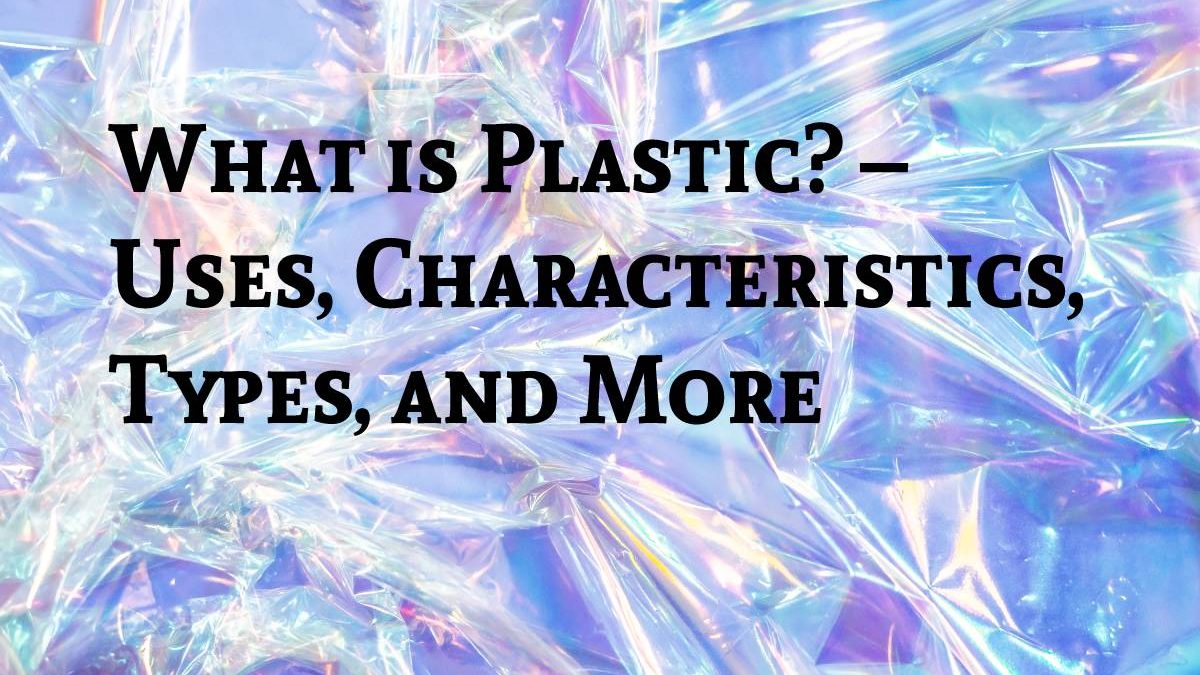Table of Contents
What is Plastic?
Plastic is a wide range of synthetic or semi-synthetic materials that use polymers as the main ingredient, it is synthetic materials. Obtain through polymerization reactions from petroleum derivatives. They are organic materials, just like wood, paper, or wool. Whenever, their plasticity makes it possible for plastics to be mounds, extruded, or pressed into solid objects of various shapes.
Plastic Uses
Plastic is a material made from organic, synthetic, or semi-synthetic materials. Each molecule of a piece of plastic contains thousands of bond atoms that give it a large molecular mass. They are making up of carbon, hydrogen, oxygen, nitrogen, chlorine, or sulfur elements. However, the use of plastic became widespread after the Second World War, and today this material is omnipresent. Clothing, packaging, construction, bags, transport, toys.
The plastics are synthetic chemical substances, called polymers, with a macromolecular structure that can be molding by heat or pressure and whose main component is carbon. Whenever, these polymers are large groupings of monomers linking together through a chemical process calling polymerization.
Whenever, plastic covers are use to protect greenhouses. However, apart from being protective, they affect some variables that most affect the crop, such as light, temperature, and humidity. Therefore, they protect the crop from its diverse effects by increasing productivity. Whenever, depending on the plastic, it has unique properties which adapt themselves to each harvest, such as the thermal property, anti-drip result, etc
As for applications in medicine, PHB is using:
The controlling release of drugs. However, It can come in microcapsules (for subcutaneous application) or pills (for oral administration). Implants, thanks to their excellent biocompatibility, almost do not cause rejection. Whenever, in surgical material (thanks to its ability to biodegrade and be absorb by the body): suture threads, material for surgical packing, talc lubricant for surgical gloves.
Plastics Characteristics
Plastics are synthetic chemical substances, called polymers, with a macromolecular structure that can be molding by heat or pressure and whose main component is carbon. These polymers are large groupings of monomers link together through a chemical process calls polymerization. Plastics provide the necessary balance of properties that cannot be achieves with other materials: color, low weight, pleasant feel, and resistance to environmental and biological degradation.
Therefore, the characteristics of most plastics (although they are not always fulfilling in certain special plastics) are these:
- It are easy to work and mold,
- Have a low cost of production,
- These have low density
- They are usually waterproof
- Good electrical insulators,
- Acceptable acoustic insulators,
- Good thermal insulators, although most do not withstand very high temperatures,
- Resistant to corrosion and many chemical factors,
- Some are not biodegradable or easy to recycle, and if burning they are very polluting.
Plastics – Types

This material was introduce to the markets in the 19th century, and over the years, its properties have been modify to serve different purposes. Currently, we can find seven types of plastic recognizing by the composition of their internal structure.
From this, two main groups of plastics were establishing , natural and synthetic, which are subdivided into thermoplastics, thermosets, and elastomers. However, each can be recycling , but the complexity of dealing with them is different.
Next, we present the different types of plastics and in which products you could find them:
PET (Polyethylene Terephthalate or polyethylene terephthalate): found in water or soft drink bottles, food packaging, and some medicine containers.
HDPE (High-Density Polyethylene or high-density polyethylene) is using in shampoo containers or bottles of detergents and softeners.
PVC :(Polyvinyl chloride or polyvinyl chloride): uses in credit cards, pipes, pipes cable coatings, among others
LDPE: (Low-Density Polyethylene or low-density polyethylene) is used in plastic bags and adhesive film.
PP :(Polypropylene or polypropylene): Whenever, it is found in water or soft drink caps, caps, Tupperware, straws, car parts, and syringes, among others
PS 🙁 Polystyrene or polystyrene ): cutlery, trays, and cups for hot drinks.
Plastic Recycling
Caring for the environment is a significant issue that can be move toward from various angles. One of them is recycling, a practice that seeks to promote the processing of materials to reduce the impact causing on nature and keep them within the manufacturing cycle. Whenever, in this group, waste is processing depending on the specific characteristics of the packaging; however, for all those that have the number 7 in the Mobius triangle, few places receive this waste (such as CDs) for recycling.
As responsible consumers, we must inform ourselves of all the goods we consume daily and review what type of material it is making of. The goal is to choose easily recyclable products and be friendly to the planet.
Conclusion
Whenever, it exposing the need to combine biodegradable plastics into the market throughout all the work since the amount of waste generating worldwide has increase. What is worse, the greatest of the plastics cannot be remove. With biodegradable plastics, this problem is annulled since its degradation is possible. However, plastics are those materials made of resins, proteins, and other materials that are easy to mold and can change their shape permanently after a specific compression and temperature.

